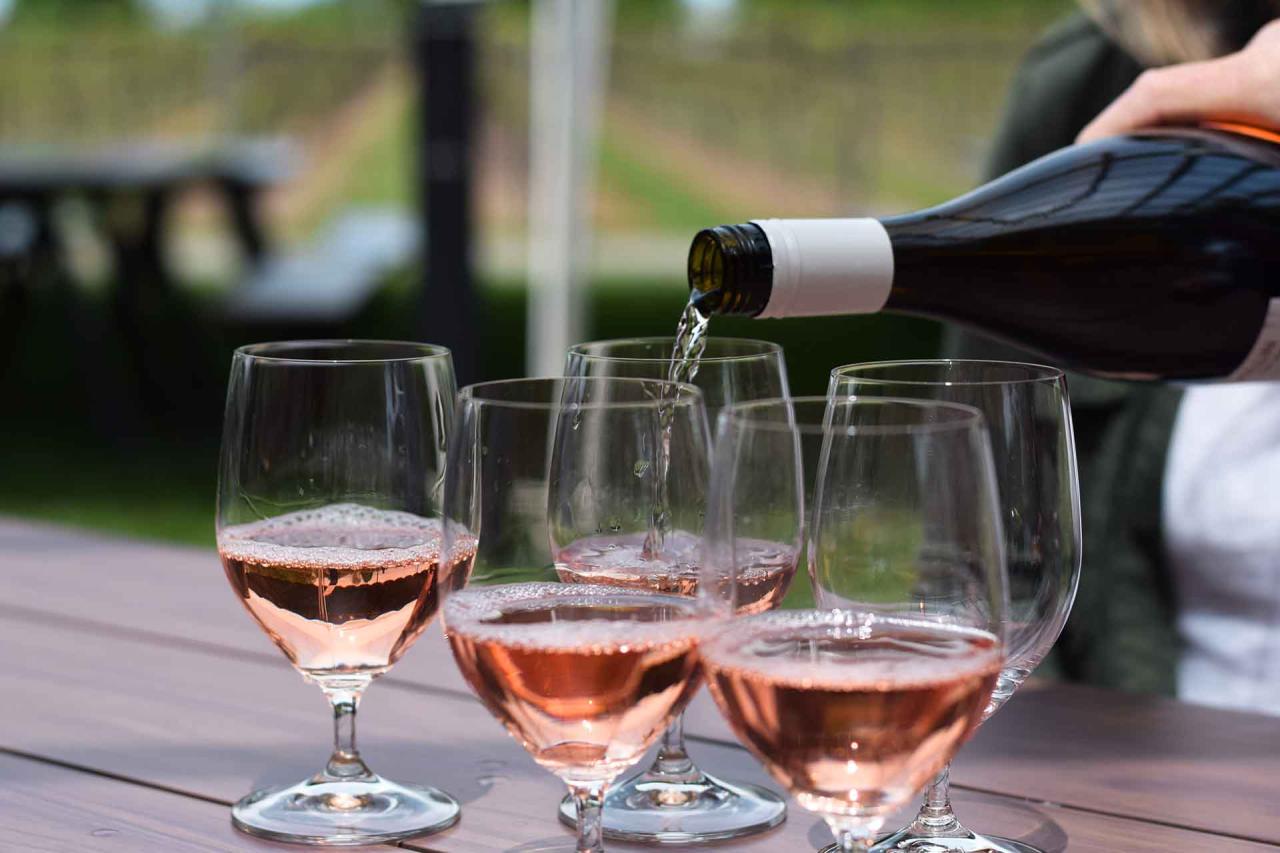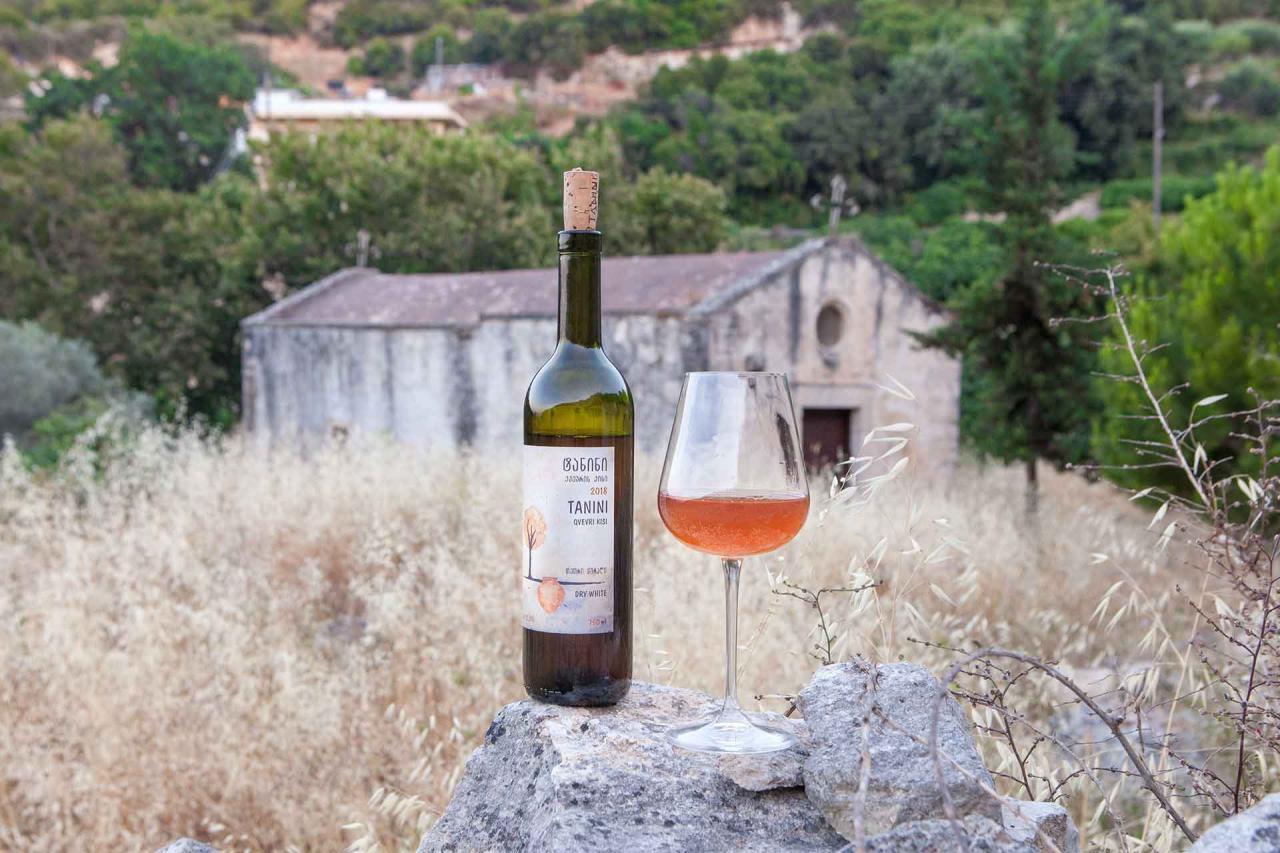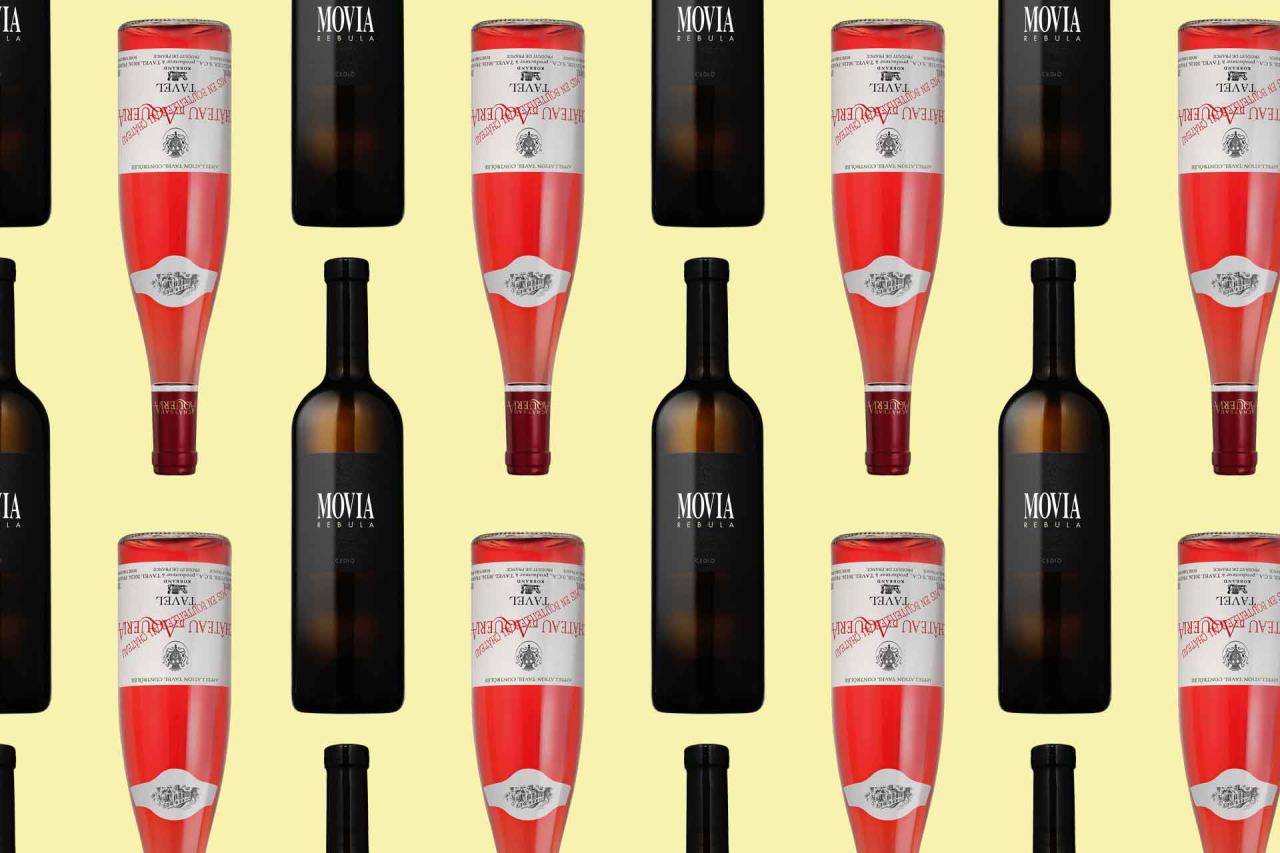We won't tell you that one is superior to the other since it's just not true. However, they are really different, and you might discover that one suits your palette better. In this article we'll talk about rosé vs orange wine, their differences and similarities in terms of their winemaking process, tastes and food pairings. Make sure to stay with us until the end to learn everything you want to know about orange wine vs rosé.
Orange wine vs rosé in a nutshell
The main differences between orange and rosé wines are: the type of grape used and the winemaking process. Rosé wines are made from red grape varieties while orange wines are made from white grapes. When it comes to the winemaking process, rosé wines are made by leaving the grape skins in touch with the juice for only a short amount of time, while orange wines are made by letting the grape skins soak in the grape juice for longer. Let's get into some more details about these similar but yet different wines.
Get updates on the latest posts and more from Wine Bugle straight to your inbox.
Winemaking process

Rosé
Like we mentioned, rosé wines are made from red grape varieties that are pressed and afterwards the skins of the grapes are left for a short period of time (a couple or a few hours depending on the variety and the amount of color that the grape can extract into the juice) to stay in contact with the juice to release into it the chemical compounds, called anthocyanins, which are responsible for the color of the grape skins and consequently, the wine.
However, the contact of the grape skins and the juice allows the release of tannins as well. These chemical compounds are responsible for the astringency of the wines. This characteristic isn't desirable in rosé wines, as the aim of the winemaker is to create a drink that is refreshing and low on tannins.
Keep in mind that in some parts of the world, where the legislation allows it, rosé wines can be made by blending red and white wines. This method is fairly uncommon when it comes to still wines, but in regions where sparkling wine is made, like Champagne, winemakers use it quite a lot.

Orange wine
Orange wines are made from white grape varieties that are pressed and then the grape skins are left in touch with the grape juice for a longer period of time, ranging from as little as 4 days to up to over a year. This process helps release the color of the grapes which makes the wines look amber or orange, but it also helps release tannins. While winemakers try to keep away tannins from white and rosé wines, they are desirable in orange and red ones. So, when making orange wines, the winemakers aim to create a white wine that is similar to a red one.
What do they taste like
In general, these two types of wines aren't very similar in aromas and flavors.
They are both very refreshing, and "acidity" is a word that you'll most definitely see used or even use yourself when describing any of the two wines, but that's pretty much all they have in common.
This probably already makes sense to you if you consider the fact that they're made from different grapes.
Rosé wines
The primary flavors of rosé wine are red fruit like strawberry and raspberry, flowers, citrus, and melon, with a pleasant crunchy green flavor on the finish.
Of course, the flavor of rosé wine will differ significantly depending on the type of grape used to make it. For example, a rosé wine made from the Grenache variety will taste more like orange, strawberry, lemon, watermelon and hibiscus, while a rosé wine from the Sangiovese variety will taste more like rose petals, pomegranate and cranberry.
Another factor that affects the taste of a rosé wine is its level of sweetness. Dry rosés taste more "earthy", with notes of citrus fruit, cucumber and herbal qualities, off-dry rosés taste more like red fruit like strawberries, cherries and plums and sweet rosés have very characteristic tastes of stone fruit like apricots and peaches.
Orange wines
It is challenging to define the precise flavor profile of orange wines because they are produced using a number of different white grapes, each of which has a distinctive flavor. However, orange wine has far more tannins than white wine since grape skins are left in contact with the grape juice for an extended amount of time during the winemaking process. Wines produced as a result are intriguing and complex.
Orange wines are typically characterized as being powerful and full-bodied, with a considerable depth of taste similar to a red wine and the refreshing characteristics of a white wine.
The most common tasting notes of orange wines are: citrus fruit, herbs, stone fruit and tropical fruit, nuts, ripe apples, linseed oil, juniper, sourdough and dried citrus-fruit zest. You might even say that they taste like cider, or some other type of fruit beer. Many wine connoisseurs might describe them as "funky" due to these characteristics.
Depending on the grape variety, the characteristics of the wines will differ quite a bit, but they're definitely more complex than rosé wines.
Food Pairing
It's no easy task finding foods that can pair with both rosé and orange wines due to their differences in scents, flavors and textures.
If we were to find dishes to serve at a dinner table where there are both of these wines available, these dishes would be a salad with greens, nuts and cheeses that aren't very bold in flavor like mozzarella. Maybe even spaghetti with shrimps or some kind of shellfish and for those who have a sweet tooth and don't know which wine to choose, a tart or a crumble with peaches or other stone fruit would match perfectly.
However, since those wines are so vastly different, they shine better when accompanied by different types of meals. Let's get into the specifics.
Rosé wine food pairings
Since rosé wines are generally made to be refreshing and less tannic, they pair better with lighter meals, like grilled meat or chicken and even spaghetti with pesto or a veggie pizza, since the delicate flavors of the wine will complement those of the dish, without overpowering them.
Full bodied rosé wines can be a perfect match for grilled meats that are not overly spiced and even game meats like duck. Bolder rosés, like Tavel, are more savory and slightly more tannic, making them food friendly.
For fans of sparkling wines, a bubbly rosé would pair perfectly with sushi, grilled salmon, and pretty much all types of salads since the naturally high acidity of the wine can make it a great pairing for a wide variety of meals.
Orange wine food pairing
Orange wines are a whole other thing. Since their flavors are so prominent, you want to match orange wines with dishes with an equally bold character, so they can balance one another. Generally, orange wines pair well with heavily spiced dishes and exotic cuisines like Ethiopian, Moroccan, Korean and Japanese. Think everything spiced and spicy.
If you're not a fan, or don't have access to the ingredients used to make traditional dishes from these cuisines, don't worry at all. Orange wine has got you covered. Pork, chicken and lamb are all meats that pair perfectly with orange wine and you can spice with whatever ingredients you have available in your kitchen.
Vegetarians and vegans can also enjoy orange wines paired with all types of roasted vegetables, from peppers to eggplants.
Conclusions
In conclusion, we can say that while these wines can both be made by the skin-contact method (leaving the grape skins in contact with the juice), the results are extremely different. One is light and refreshing while the other is bolder and way more tannic.
You could say that while orange wines are made with white grapes they are more similar to red wines, and road wines might be made by red grapes, but they are closer to a white wine.
We hope that this article has helped answer your questions about orange wine vs rosé and has made you at least a bit curious to explore their differences by hosting a wine tasting event of your own.
Cheers!
Orange wine photo by ALEXANDRA TORRO on Unsplash

